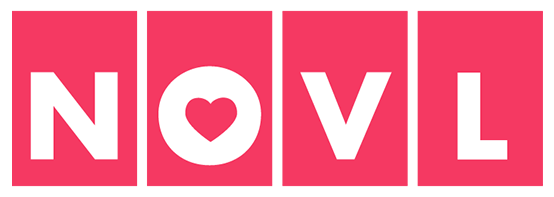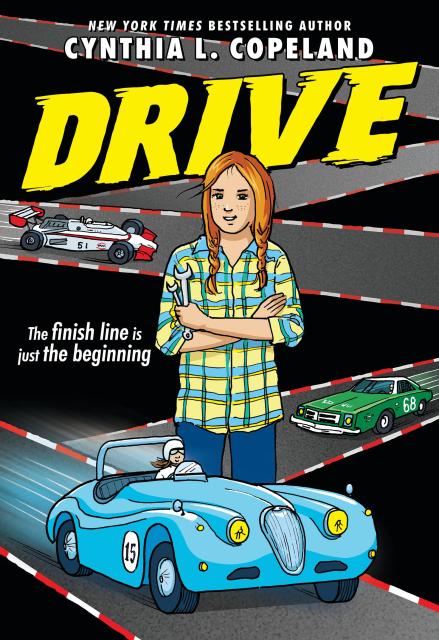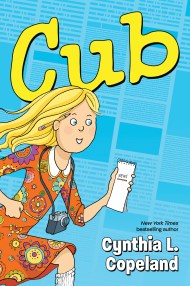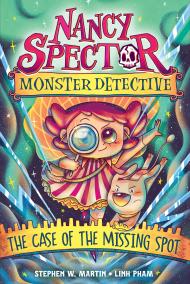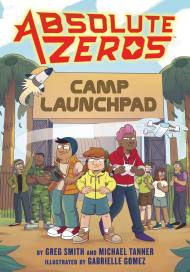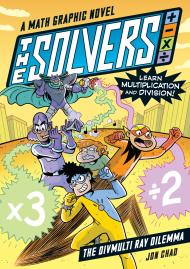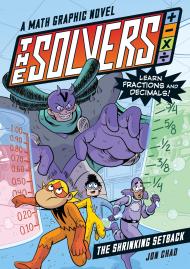Drive (A Graphic Novel)
“An inspirational, information-packed tale inspired by a real feminist trailblazer.” —Kirkus
START YOUR ENGINES!
In 1964, Janet Guthrie is on her way to becoming one of the most successful female race car drivers in history—the first ever to qualify for and race in the Indianapolis 500. But the road ahead of her will not be easy. She’ll have to drive with broken bones and in rickety cars, while constantly proving to the press and the racing world that she’s every bit as good as the men on the track.
In 2019, twelve-year-old Alex finds a vintage Jaguar her grandfather never finished restoring. It’s a dream come true for a “car girl,” and she dives into teaching herself how to repair and restore it—with the help of her favorite mechanic’s videos. Alex’s father thinks she’s wasting her time, and the local car community isn’t eager to welcome a girl. But there’s a car show coming up, and Alex is determined to prove her skills.
No matter what gets in their way, Janet and Alex are passionate trailblazers who know that the only way forward is to keep your foot on the gas. Told in alternating timelines, highlighted by two different color palettes (Janet’s story is in a limited palette, while Alex’s is in full color), Drive is an immersive story of how far we’ve come and how far we have yet to go.
GoodreadsFormats and Prices
Price
$12.99Price
$16.99 CADFormat
Format:
- Trade Paperback $12.99 $16.99 CAD
- ebook $9.99 $12.99 CAD
- Hardcover $24.99 $31.99 CAD
Also available from:
Book Club Guide
- The story alternates between the past and the present. How does this affect your reading of the story? How does having two color palettes enhance this reading experience?
- Do you think the author’s decision to tell this story in graphic novel format was a good one? Why or why not?
- Do you see any parallels between how people treat Janet and how people treat Alex?
- Alex follows the car mechanic Faith online and asks, “How can she stand to read the comments? And then answer so nicely?” (p. 121). Why do you think people are so mean in online comments? Why is Faith’s response a great way to react?
- Why do you think Alex’s dad is initially dismissive of her interest in cars? How does Alex’s relationship with her dad change over the course of the book?
- How do Cecelia and Liam each support Alex’s project restoring the Jaguar? How does Alex’s disposition change once people take an interest in what she’s working on?
- Alex expects the car show will be the “best day ever,” but she doesn’t win a trophy. Do you still think the day was a success? Why?
- After Alex and Faith meet Janet Guthrie, Janet’s parting words are, “Let’s stay in touch! There’s work to be done!” (p. 262). What do you think she means by that? What kind of work is she referring to?
- In the Author’s Note Cynthia L. Copeland says, “Girls can stand on the shoulders of those who came before them only if they know their stories” (p. 265). What does she mean by this? How is this idea reflected within Drive?
- How does the graphic novel’s title, Drive, have multiple meanings?
- While the story is fictionalized, Janet Guthrie and her accomplishments are all real. Research other lesser-known figures in a field that interests you. Share what you find out with friends and family and inspire others!
By clicking ‘Sign Up,’ I acknowledge that I have read and agree to Hachette Book Group’s Privacy Policy and Terms of Use
